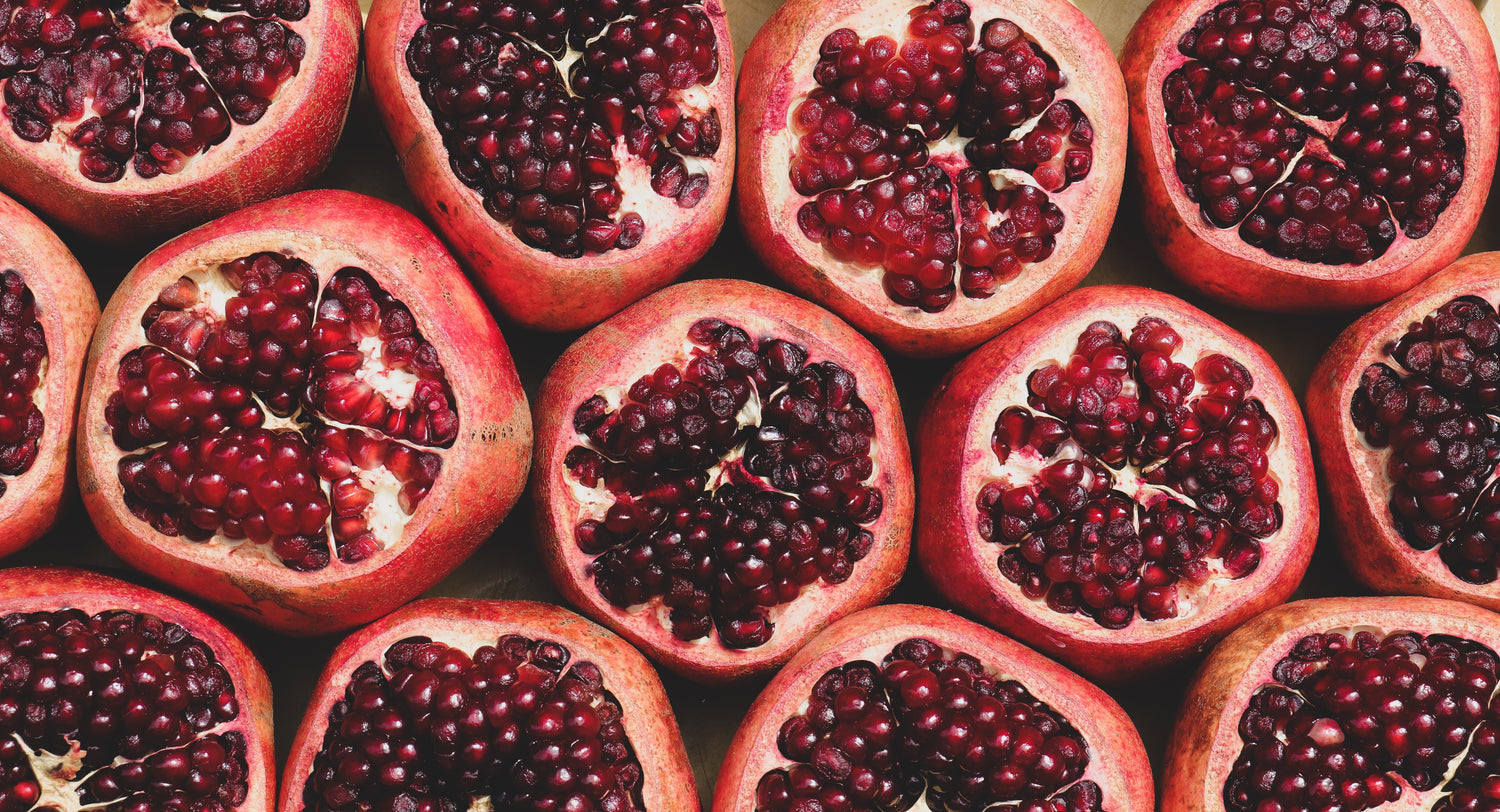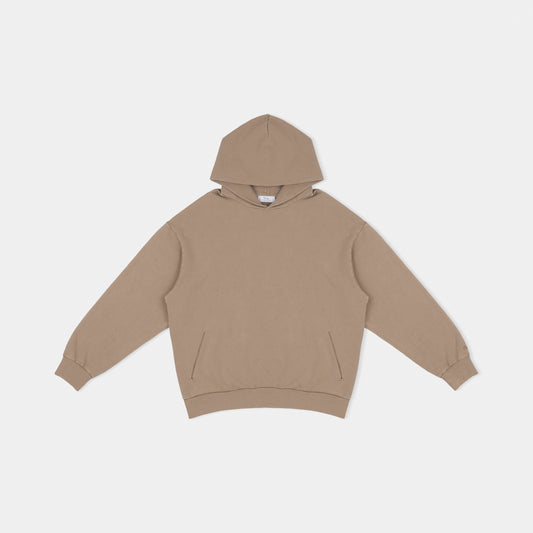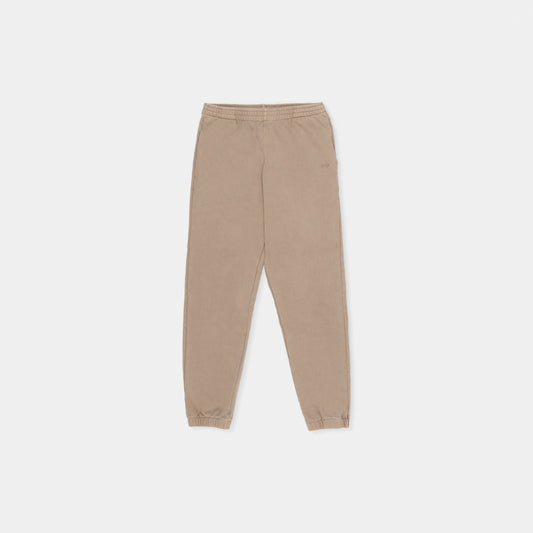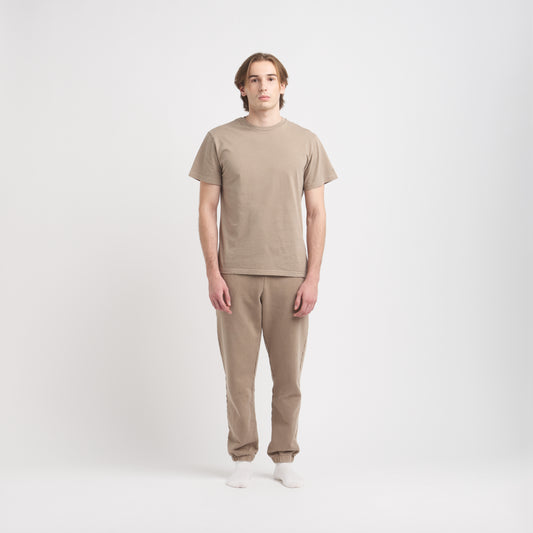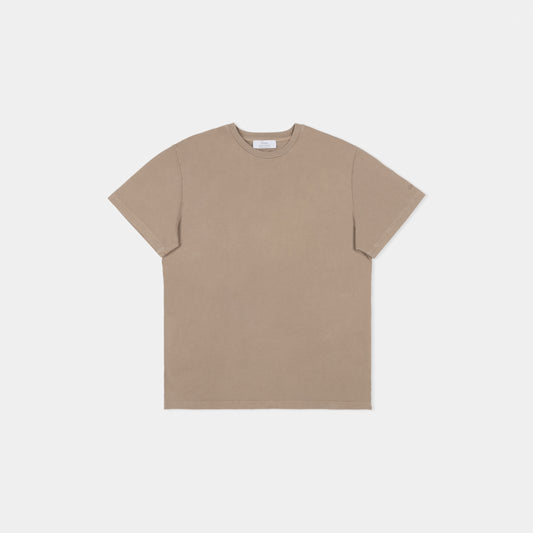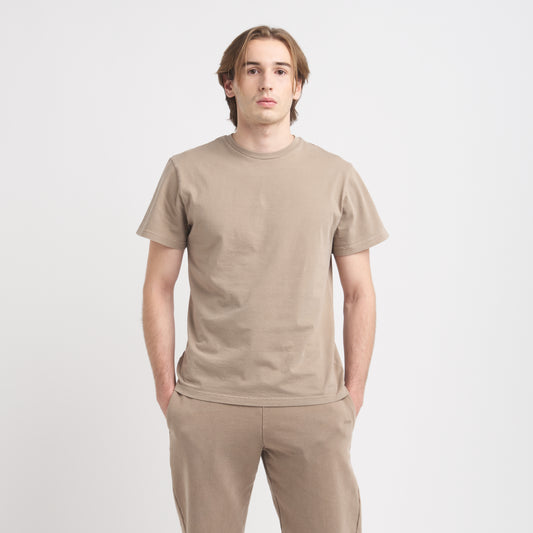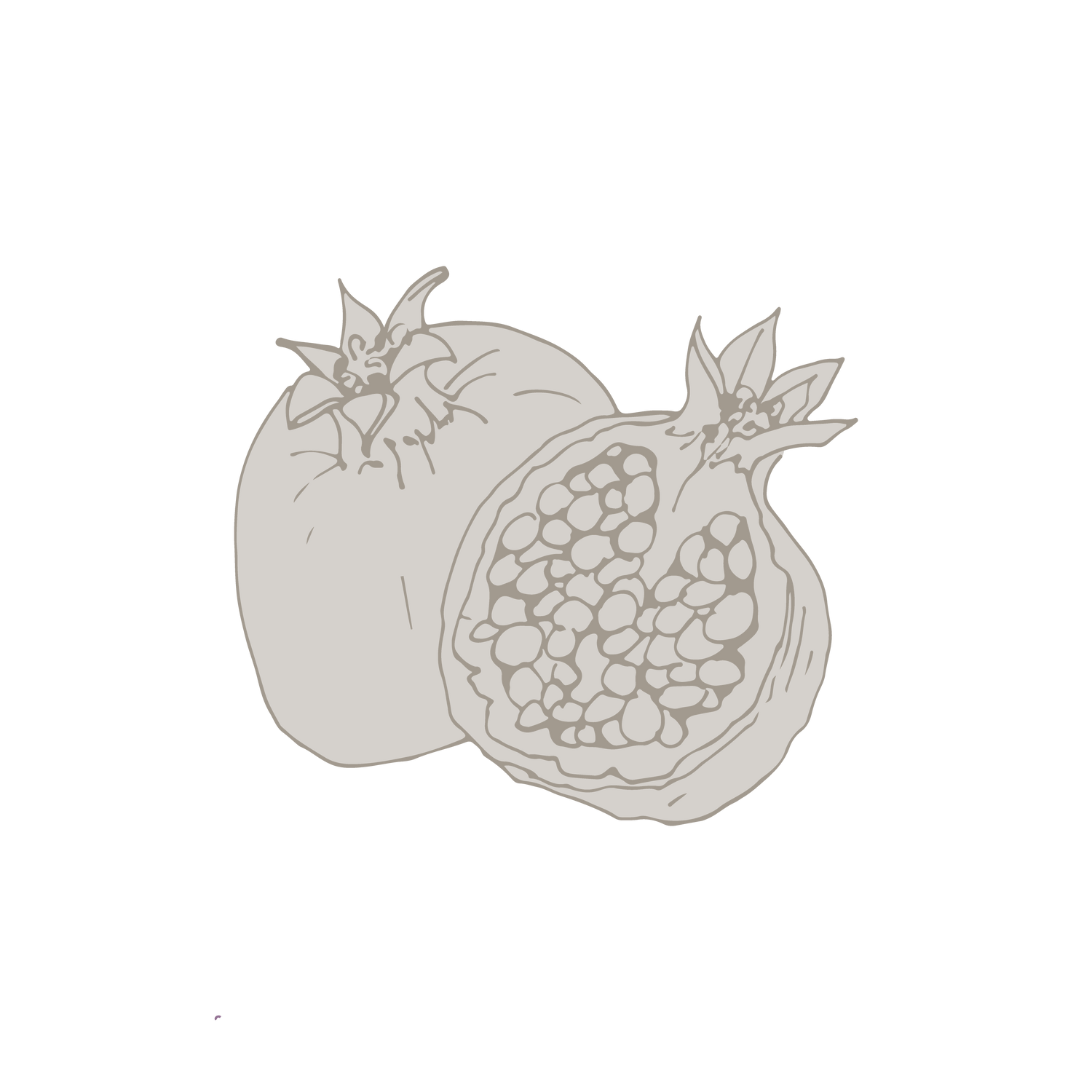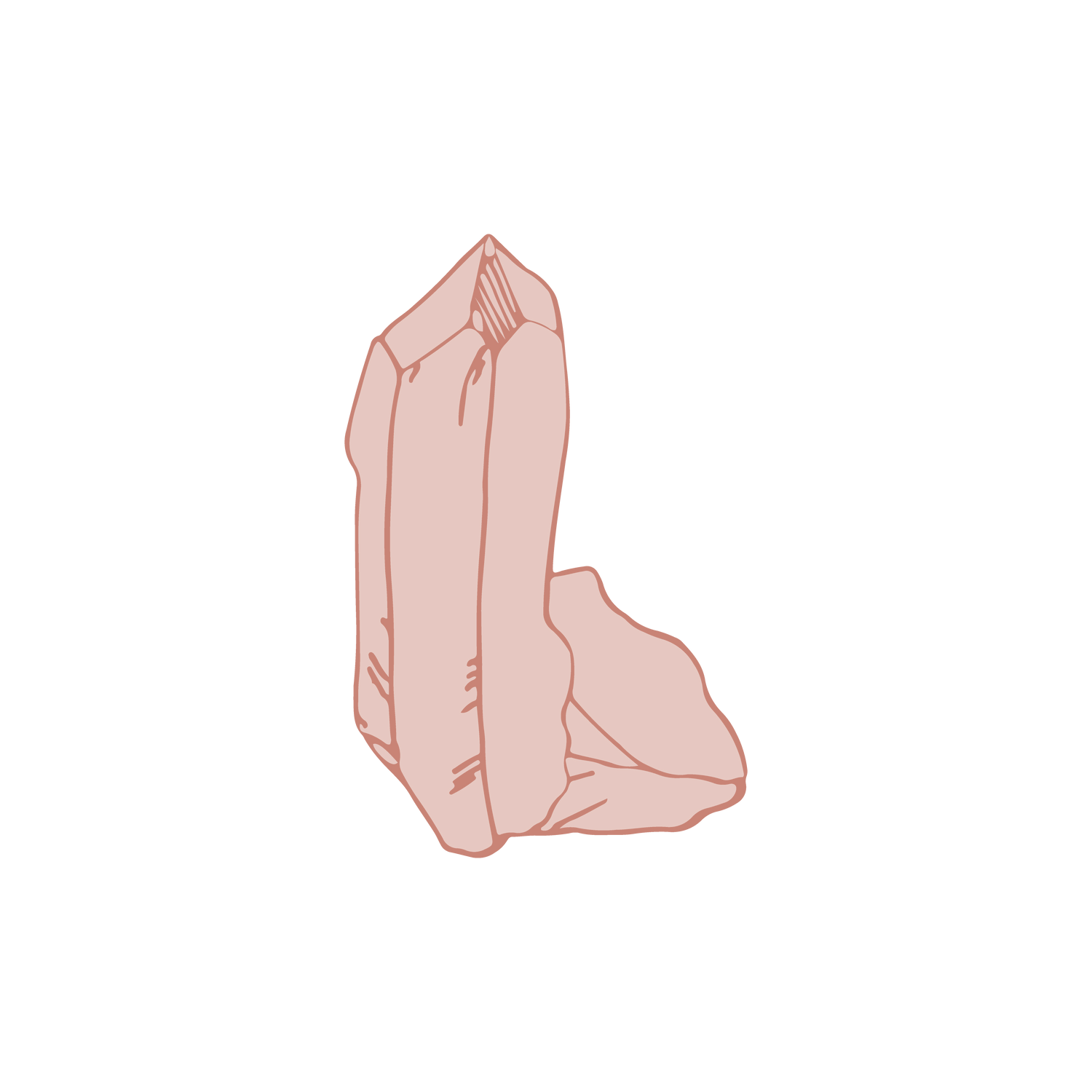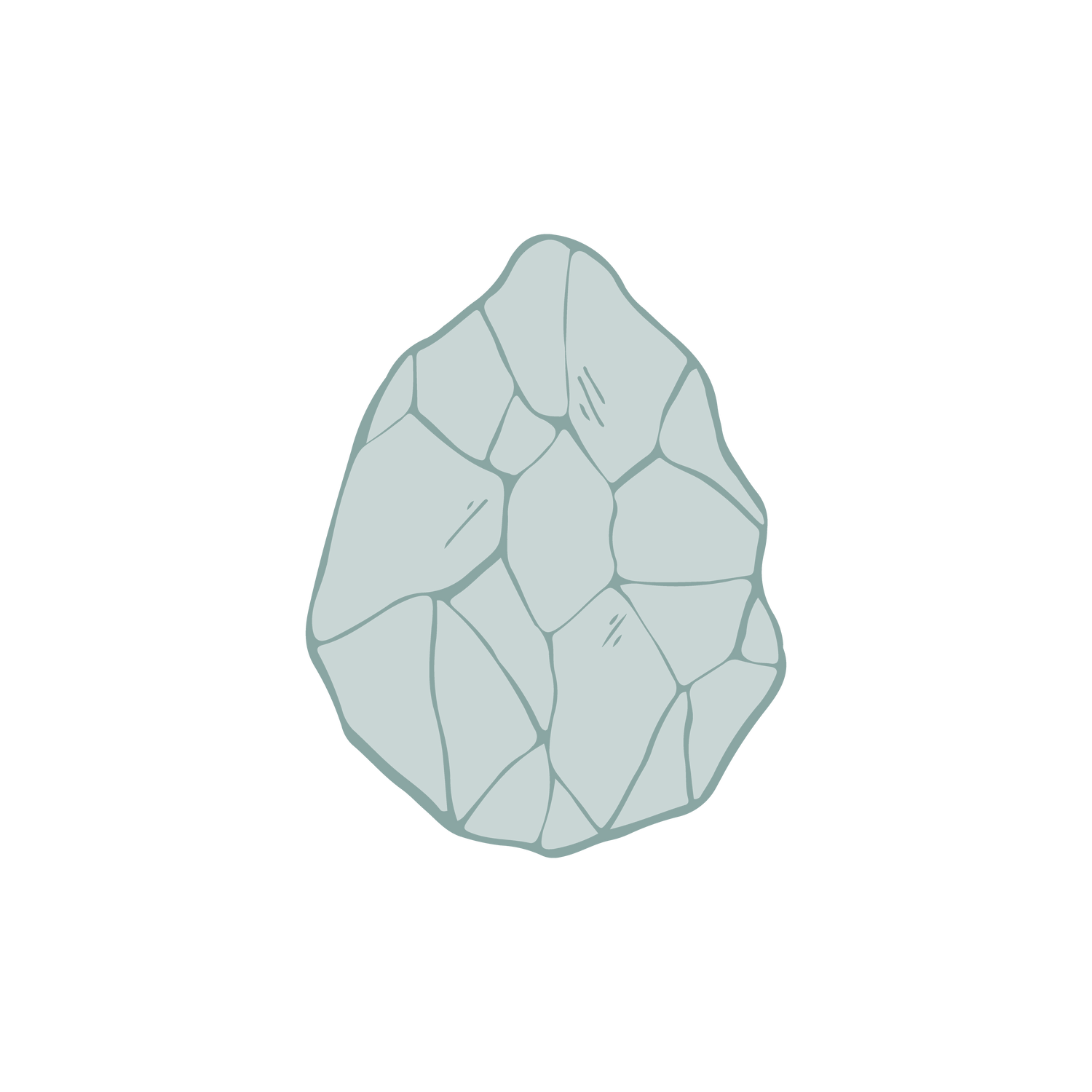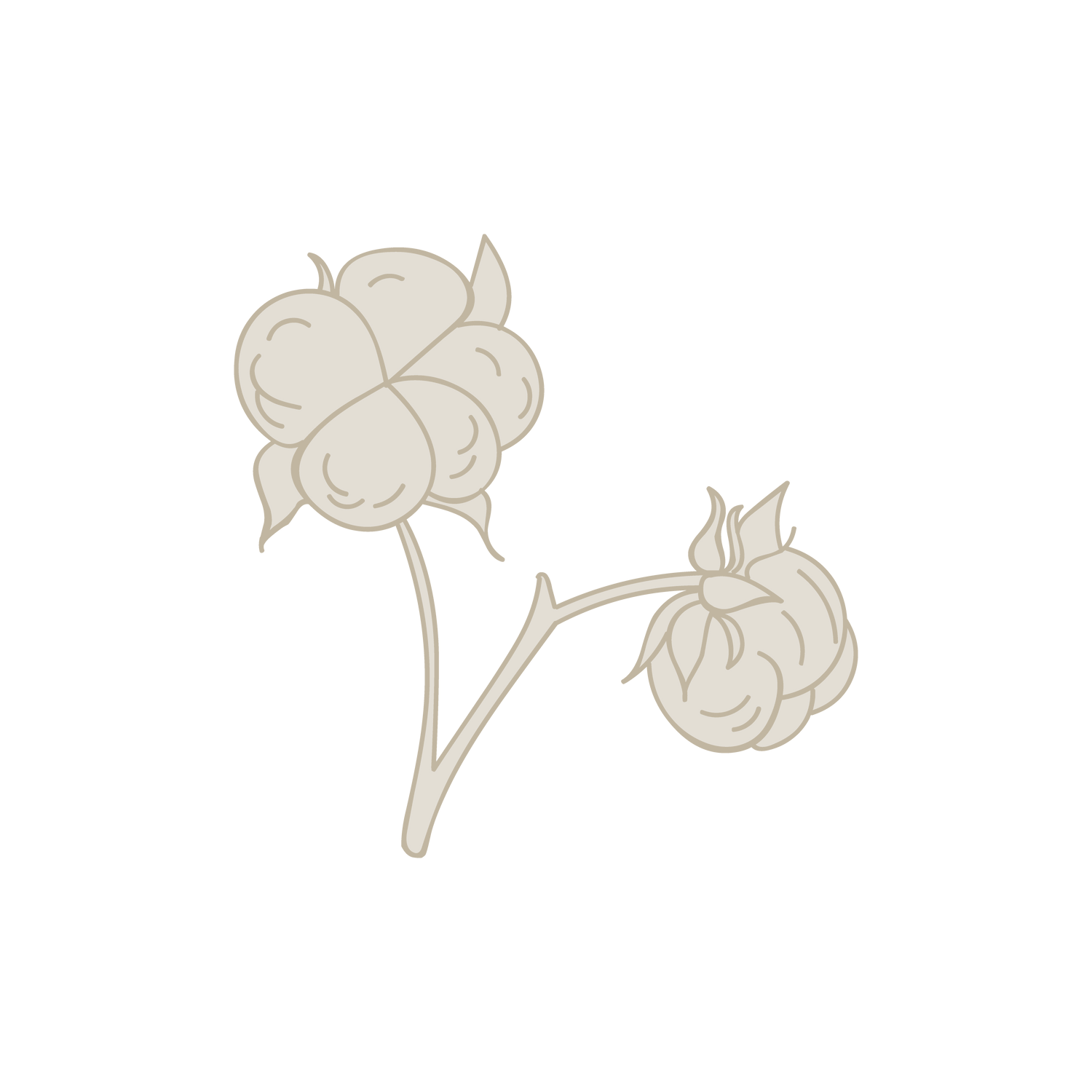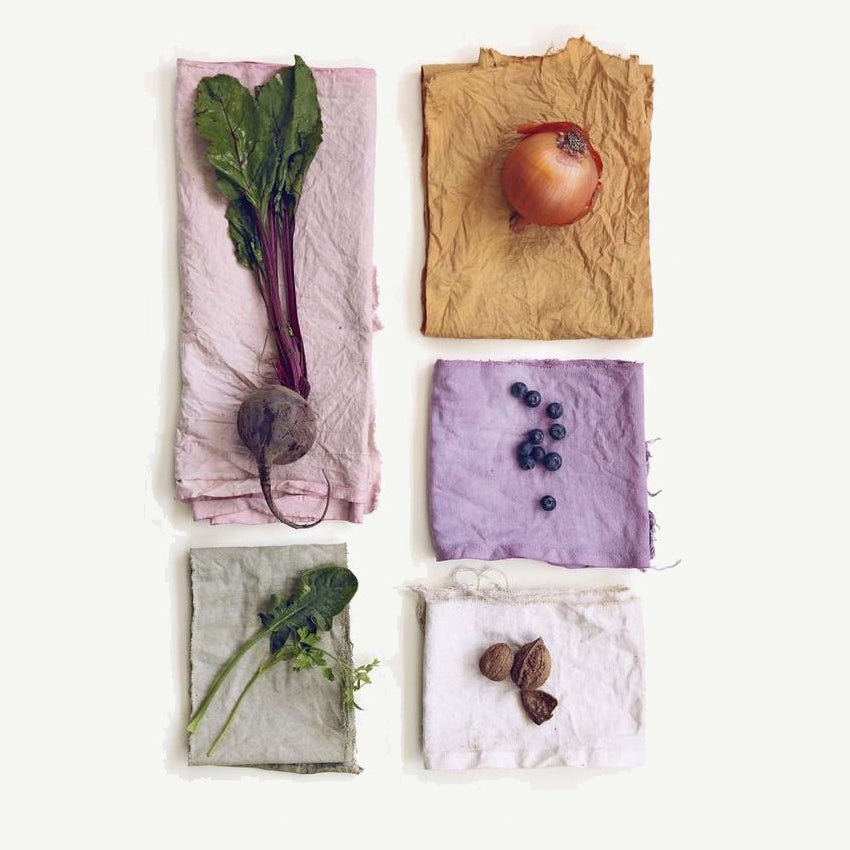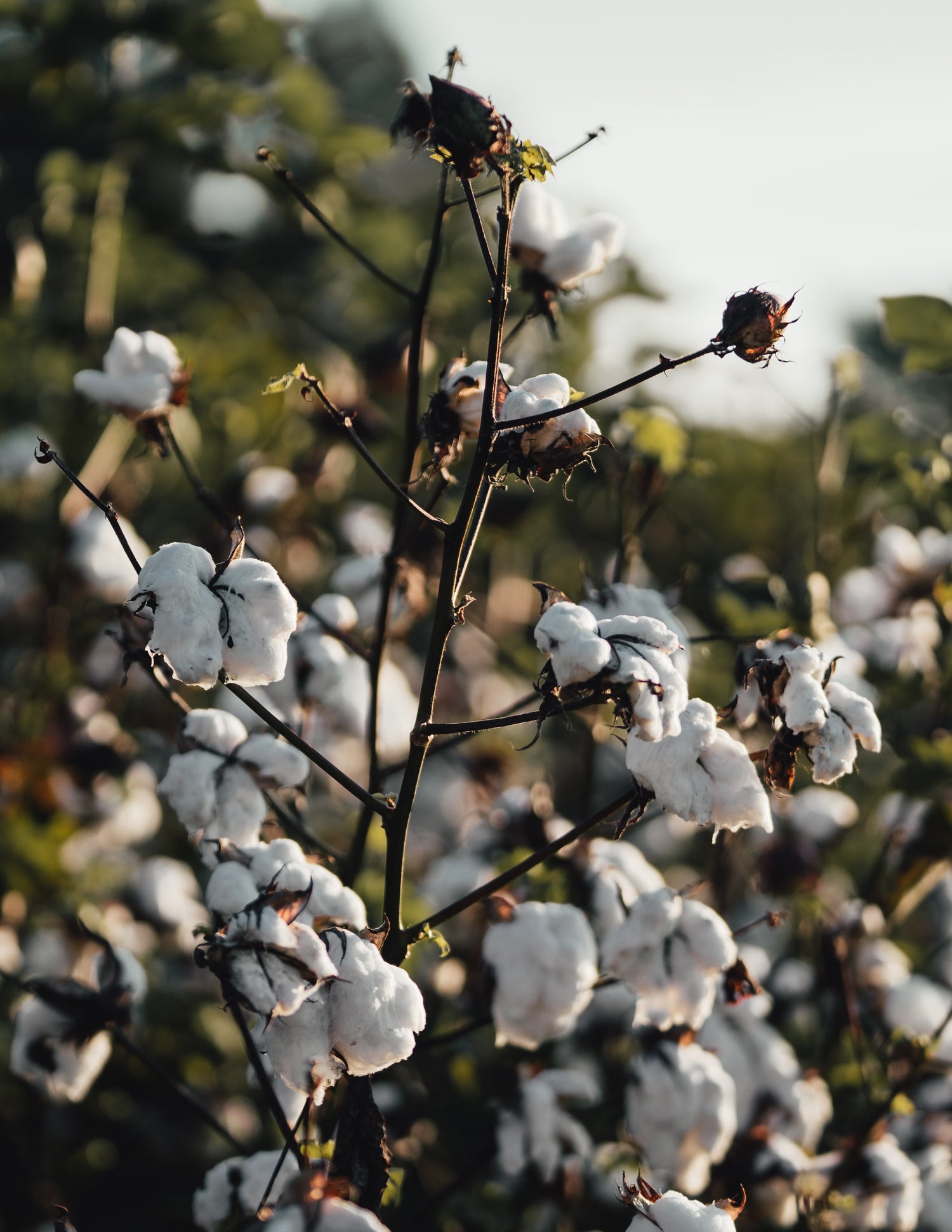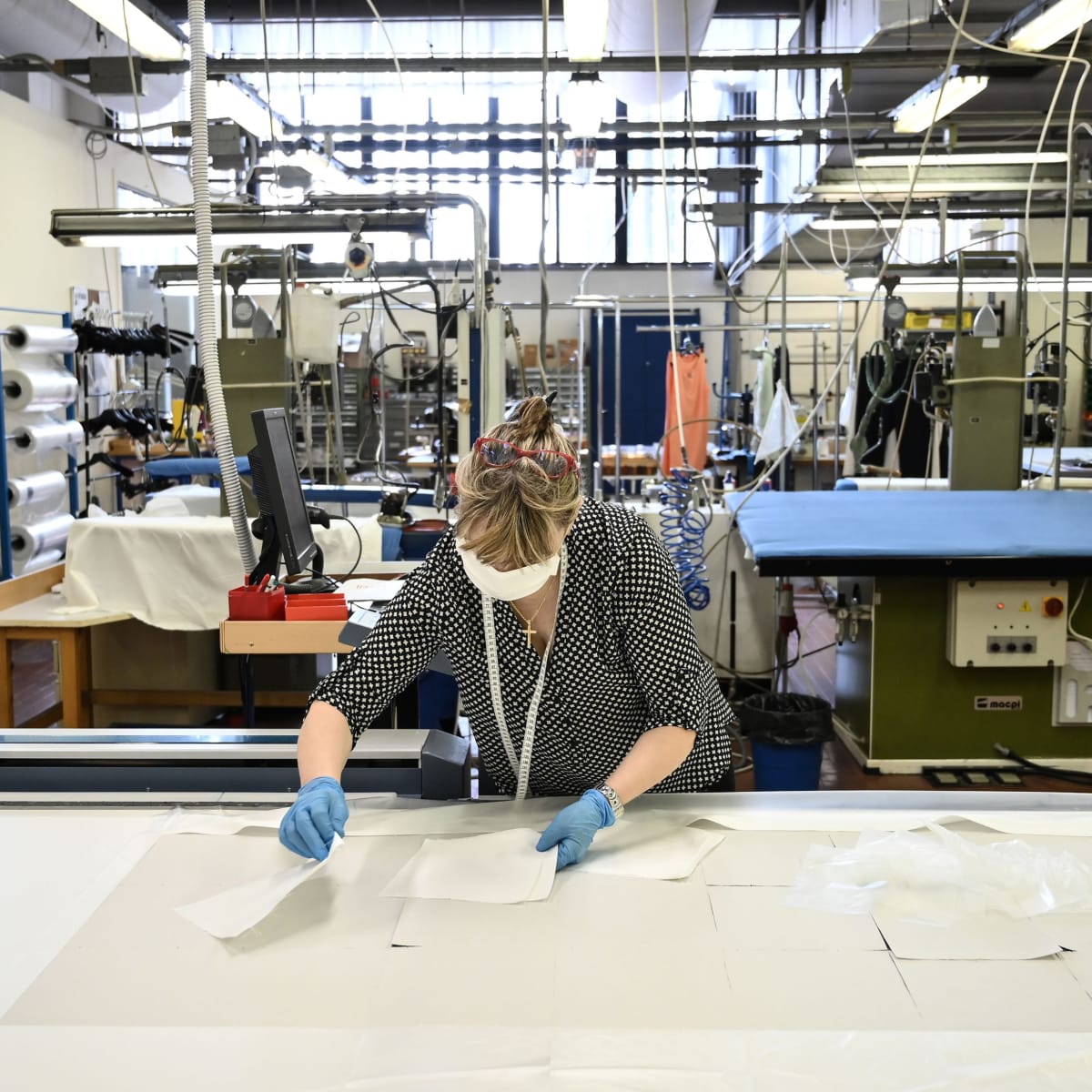PIGMENTS The pomegranate is a tannin plant (gallotannic acids) also rich in flavonoids. The extraction in hot water leads to a color which, depending on the mordant used, can take on shades of green-grey (iron) or yellow-beige (alum). It can also dye directly due to the presence of tannin, but in more delicate shades. It is one of the tannin dyeing plants that characterizes the Mediterranean. It is particularly known for making ink and dyeing dark cloth during the Reformation period, in the absence of other tannin plants. THE PROPERTIES CONFERRED TO THE FABRIC Fabrics treated with pomegranate have demonstrated good resistance to UV rays. Tannin is a molecule that in nature defends the plant from attacks by phytopathogens and it is this that probably gives cotton good antimicrobial resistance, which is maintained even after many washes. In recent studies, the application of pomegranate extracts in combination with other compounds has also highlighted the decrease in the flammability of cotton. THE OFFICINAL PROPERTIES It contains antioxidant molecules, such as the coloring flavonoids themselves, which are important for the regulation of cellular metabolism, as well as potassium, vitamins A and C, iron and calcium. Recent studies have demonstrated an action against prostate cancer and skin cancer cells, as well as being preventive for diabetes and osteoarthritis. Reduces blood pressure and cholesterol. The first recipes for its use are found in the texts of Dioscorides for the treatment of gingivitis and toothache. Today we know that in the past it was used for the treatment of parasites, urinary infections and arthritis. CURIOSITY The fruit is present in the culture of various civilizations, both in the form of myth and artistic production. An example is the myth of Persephone, daughter of Zeus who, after being swallowed by an abyss that takes her to the underworld from Hades, eats six pomegranate seeds, unaware that whoever eats the fruits of the underworld is forced to stay there for eternity. Another Greek myth has the protagonist Dionysus who is kidnapped, still a child, by Hera by the Titans: the god of wine is boiled in a cauldron and his blood, spreading, fertilizes the earth from which the tree immediately sprouts of the pomegranate. In art, on the other hand, the pomegranate becomes a symbol of resurrection, appearing in Botticelli's painting, "The Madonna of the Pomegranate", dated 1487 and kept in the Uffizi in Florence, but also in the homonymous sculpture by Jacopo da Quercia and "The Dreyfus Madonna" attributed to Leonardo da Vinci or Lorenzo di Credi and preserved in the National Gallery of Art in Washingtong. Pomegranate bark and peel were and are still used not only for healing, but also for dyeing wool, cotton and in some cases flax. Thanks to a long process of boiling and immersion of the fibers, variegated colors can be achieved. Fabrics dyed with pomegranate do not cause any allergies or dermatitis, and despite repeated washings, the color does not lose its brilliance. It is likely that in ancient times, given the beneficial effects that the fruit had on adults and children, the idea spread that fabrics colored with pomegranates could have a preventive protective effect on the wearer.

